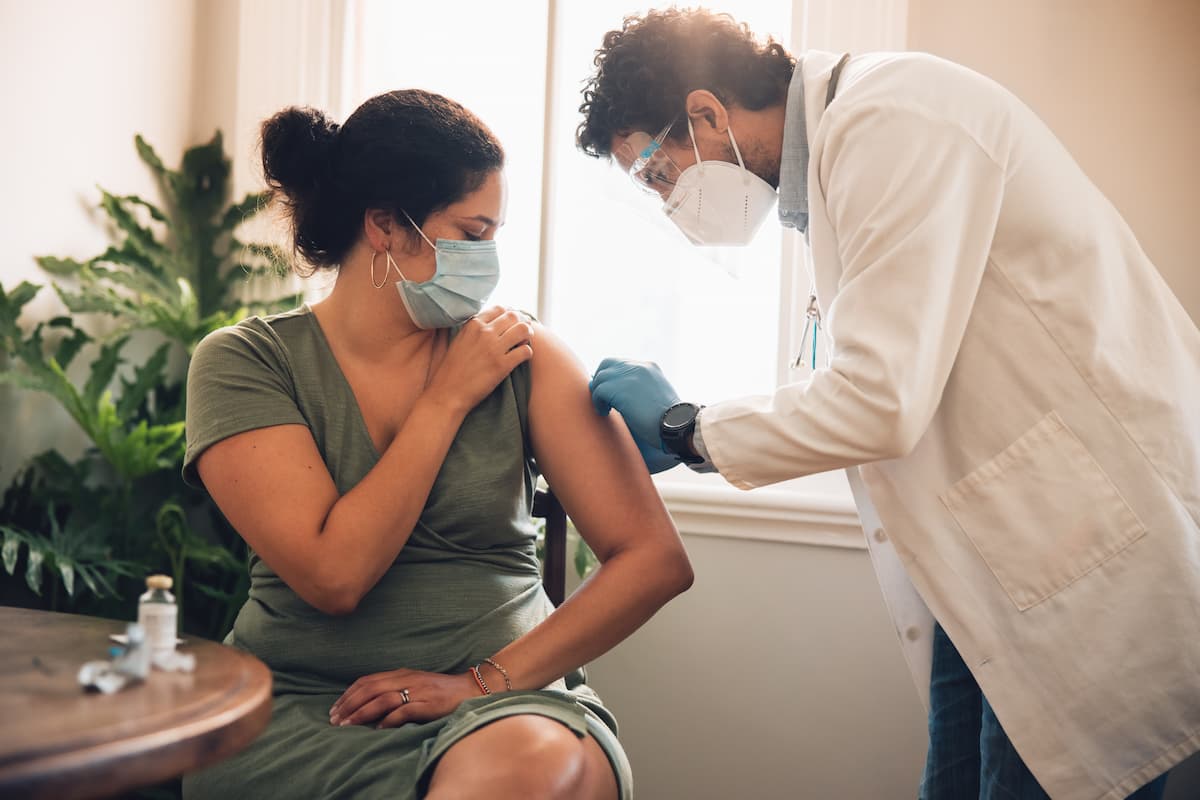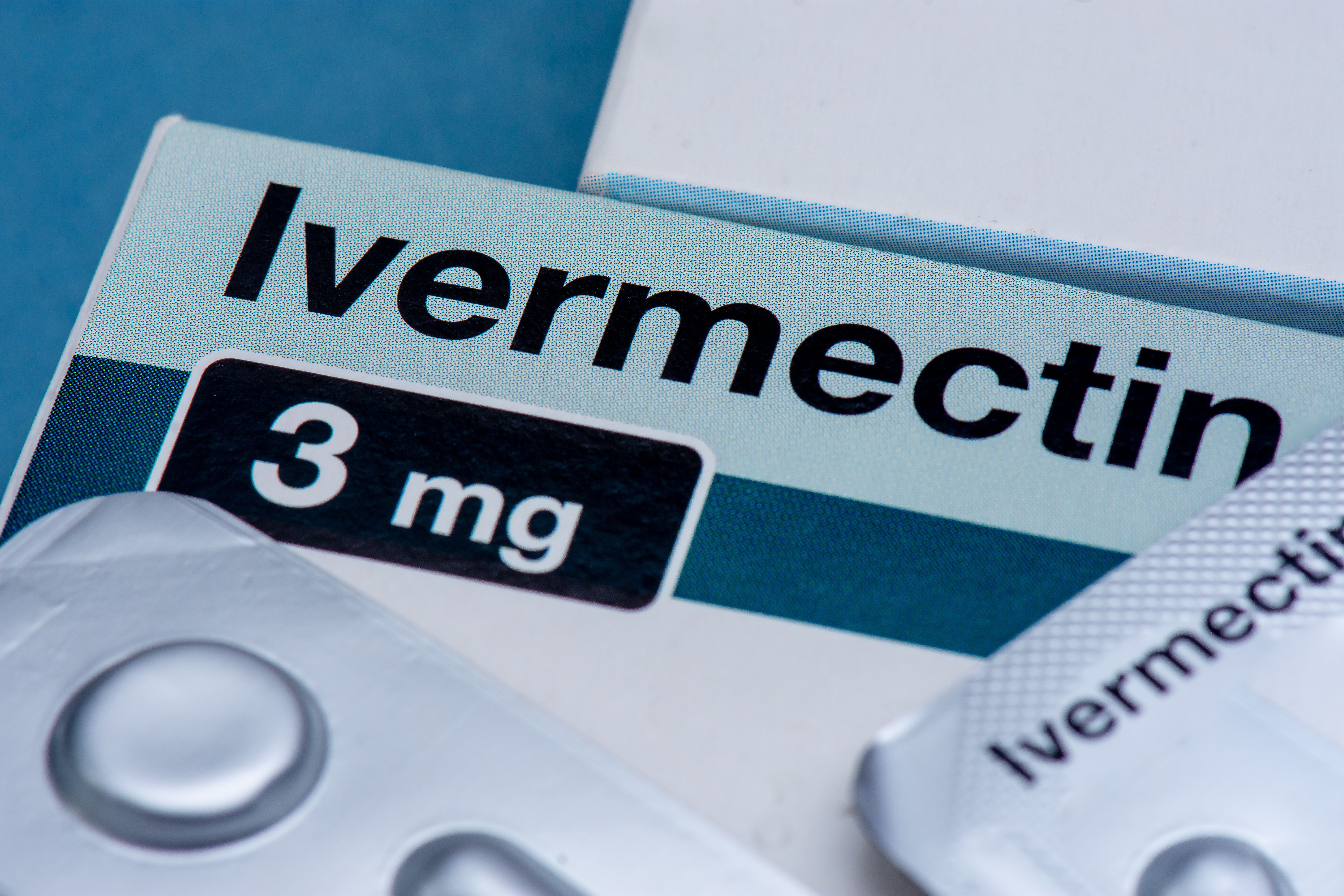News
Article
FDA Extends Palforzia Approval to Children 1 to 3 Years Old With Peanut Allergy
Author(s):
The approval marks the first oral immunotherapy treatment to mitigate allergic reactions, including anaphylaxis.
Updated July 30, 2024, at 2:15 pm.
The FDA extended approval for Palforzia (Peanut [Arachis hypogaea] Allergen Powder-dnfp; Stallergenes Greer) to include patients 1 to 3 years old with a confirmed peanut allergy. The initial approval came in January 2020, indicating the drug for use for patients aged 4 to 17 years.1
Image Credit: andersphoto - stock.adobe.com

“We are delighted that Palforzia has received regulatory approval in the US for toddlers as there is a high unmet medical need for this age group and we are confident that this indication extension will alleviate the burden of peanut allergy for younger patients and their families,” Elena Rizova, MD, PHD, chief medical officer of Stallergenes Greer, said in a news release.1
Palforzia is the first and only approved oral immunotherapy treatment to mitigate allergic reactions, including anaphylaxis, for accidental exposure to peanuts. The approval was based on data from the POSEIDON (NCT03211247 phase 3 trial, published in the New England Journal of Medicine Evidence.1,2
The study was conducted at 51 sites in 8 countries across the United States, Canada, Australia, and Europe and was double blind, randomized, and placebo controlled in nature. Investigators included patients who had an eliciting dose of 300 mg or less of peanut protein and treatment was randomized on a 2:1 ratio to receive the epicutaneous immunotherapy delivered by a peanut patch or the placebo. Treatment was administered daily for 12 months, according to the study authors.2
The primary endpoint included treatment response at 12 months, and safety was assessed by the occurrence of adverse events during the use of the peanut patch or the placebo.2
Of the 362 patients, 84.8% completed. For the primary end point, 67% of children in the intervention group met the outcome compared with 33.5% in the placebo group. For the safety outcome, adverse events (AEs) were seen in 100% of patients in the intervention group and 99.2% in the placebo group, with 8.6% and 2.5% of AEs being serious, respectively. Serious AEs due to treatment occurred in 0.4% and none, respectively. Anaphylaxis occurred in 7.8% and 3.4%, respectively, and treatment-related anaphylaxis occurred in 1.6% in the intervention group and none in the placebo.2
According to a Pharmacy Times article, common AEs include stomach discomfort, vomiting, inching or burning of the mouth, throat irritation, cough, runny nose, sneezing, wheezing, and hives.3
The treatment is contraindicated for patients who have a history of eosinophilic esophagitis, other eosinophilic gastrointestinal disease, or uncontrolled asthma. The box warning also states that anaphylaxis can occur, which could be life-threatening. Further, patients should be able to use injectable epinephrine and seek immediate care if administered.4
References
1. FDA Approves US Pediatric Indication Extension for Palforzia Oral Immunotherapy for the Treatment of Peanut Allergy. News release. Stallergenes Greer. July 30, 2024. Accessed July 30, 2024. https://www.businesswire.com/news/home/20240730211334/en/FDA-Approves-U.S.-Pediatric-Indication-Extension-for-Palforzia%C2%AE-Oral-Immunotherapy-for-the-Treatment-of-Peanut-Allergy
2. Greenhawt M, Sindher SB, Wang J, et al. Phase 3 Trial of Epicutaneous Immunotherapy in Toddlers with Peanut Allergy. N Engl J Med. 2023;388(19):1755-1766. doi:10.1056/NEJMoa2212895
3. Guiao E, Ogurchak J. Clinical Insights: Palforzia is the First FDA-approved Treatment of Peanut Allergy. Pharmacy Times. October 28, 2020. July 30, 2024. https://www.pharmacytimes.com/view/clinical-insights-palforzia-is-the-first-fda-approved-treatment-of-peanut-allergy
4. Holmberg M. Palforzia From Aimmune Therapeutics Inc. Pharmacy Times. May 29, 2020. Accessed July 30, 2024. https://www.pharmacytimes.com/view/palforzia-from-aimmune-therapeutics-inc
Newsletter
Stay informed on drug updates, treatment guidelines, and pharmacy practice trends—subscribe to Pharmacy Times for weekly clinical insights.

FDA Grants Full Approval to mRNA-1273 COVID-19 Vaccine in Children At Increased Risk




